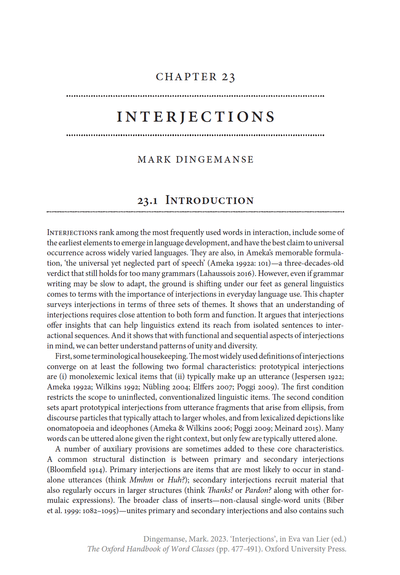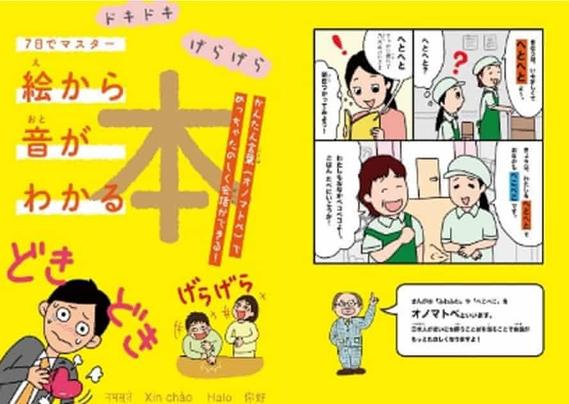New! A multi-methods toolkit for ideophone research, w/ Bonnie McLean
⛓️💥 :OpenAccess: PDF https://pure.mpg.de/pubman/item/item_3644631_1/component/file_3644632/McLean%20Dingemanse%202025%20Multi-methods%20toolkit%20for%20documentary%20research%20on%20ideophones.pdf
On the blog: https://ideophone.org/new-methods-for-ideophone-research/


